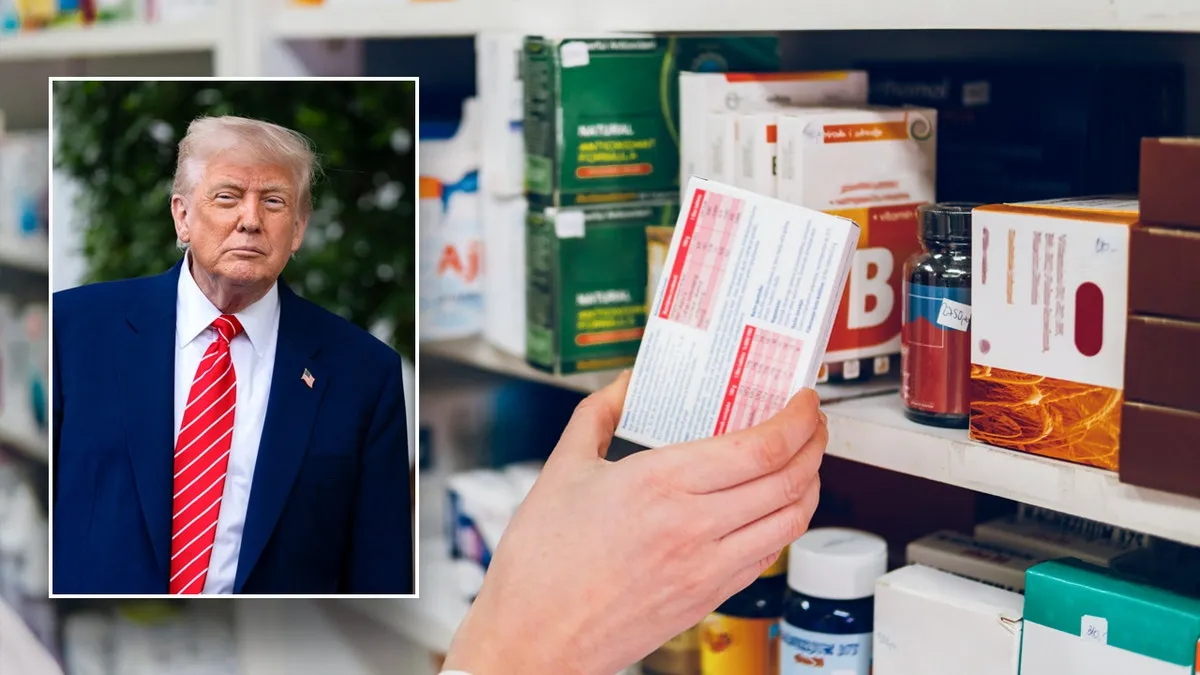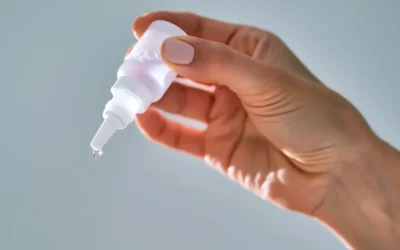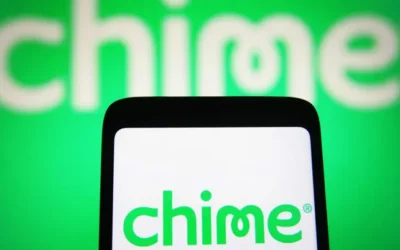Trump’s Executive Order to Reduce Drug Prices
In a significant move that has garnered both praise and skepticism, former President Donald Trump announced plans to sign an executive order aimed at lowering prescription drug prices across the United States. With a promise to reduce prices by as much as 80%, this initiative seeks to alleviate the financial burden many Americans face when purchasing necessary medications. As part of a broader strategy, Trump’s plan positions Medicare as a pivotal player in negotiating prices, thus pushing drug manufacturers to align their pricing with that of other countries.
The Rationale Behind the Executive Order
The American pharmaceutical system has long been criticized for its high drug prices compared to other developed nations. Many Americans struggle to afford the medications they need due to exorbitant costs. The executive order aims to streamline access to critical healthcare resources while also spurring competition among pharmaceutical companies to benefit consumers.
The Current Landscape of Drug Pricing
Currently, the United States bears the highest prescription drug prices in the world. According to a 2020 report from the House of Representatives Ways and Means Committee, Americans pay nearly four times more for prescription drugs than citizens in other developed countries. This stark contrast has placed immense pressure on households, often forcing individuals to choose between critical medications and other essential expenses.
Key Components of Trump’s Plan
Trump’s executive order seeks to implement several crucial changes:
- Medicare Price Negotiation: The plan allows Medicare to negotiate prices directly with drug manufacturers. This is anticipated to create competitive pricing that reflects the market values seen in other countries.
- International Pricing Index: The executive order introduces an International Pricing Index which mandates that certain drugs be priced in accordance with their costs in other developed nations. This mechanism aims to ensure American prices are lowered to align more closely with those in the global marketplace.
- Transparency in Pricing: Pharmacies and insurers will be required to provide clearer pricing information to consumers, allowing them to make more informed decisions about their prescriptions.
Potential Impact on Drug Manufacturers
Trump’s approach leverages the economic principles of supply and demand, potentially urging pharmaceutical companies to reassess their pricing structures. By compelling manufacturers to consider internationally based prices and apply similar pricing domestically, the dynamics of the market may shift significantly. Critics argue, however, that this may stifle innovation and the development of new drugs. They caution that the potential for reduced profits could disincentivize research and development efforts in the pharmaceutical industry.
Public Reaction to the Executive Order
The announcement has been met with mixed reactions. Advocates for lower drug prices have praised the initiative as a long-overdue step in the right direction. Many consumer advocacy groups and healthcare professionals argue that unauthorized high drug prices create a fundamental barrier to health equity in the U.S.
However, some policymakers and industry experts express concerns regarding the potential implications for pharmaceutical innovations. They argue that if drug prices are capped, pharmaceutical companies may lack the financial incentive to invest in research and development for new treatments, possibly leading to a decline in medical advancements over time.
Political Ramifications
Trump’s executive order also holds significant political weight. As drug prices remain a hot-button issue across the political spectrum, this move aims to reaffirm Trump’s commitment to addressing one of the most pressing domestic challenges facing American families. Republicans are likely to support the shift towards less regulation in favor of free-market solutions, while Democrats may emphasize regulatory measures to ensure safeguarding public health access.
The Path Ahead: Will It Work?
While the new executive order is poised to tackle an urgent issue, it’s unclear how effective it will ultimately be. Pricing negotiations and structural changes within Medicare may take time to implement and measure. Initial outcomes will likely depend on how quickly and comprehensively drug manufacturers respond to these changes.
Moreover, the success of this initiative hinges on various factors, including stakeholder engagement, healthcare policy collaboration, and sustained pressure on pharmaceutical companies to abide by new guidelines.
Conclusion: A Step Towards Fairer Prices?
As the nation awaits the formal signing of the executive order, many remain hopeful that Trump’s ambitious plan may finally address the longstanding crisis of high prescription drug prices. If successful, it could provide relief for millions of Americans while potentially reshaping the American healthcare landscape for years to come.
While the pledge to reduce drug prices by up to 80% may sound optimistic, the reality of the implementation will be closely scrutinized by the public, industry, and policymakers alike. Only time will tell if this executive order brings about the desired change in an intricate and complex healthcare arena.







